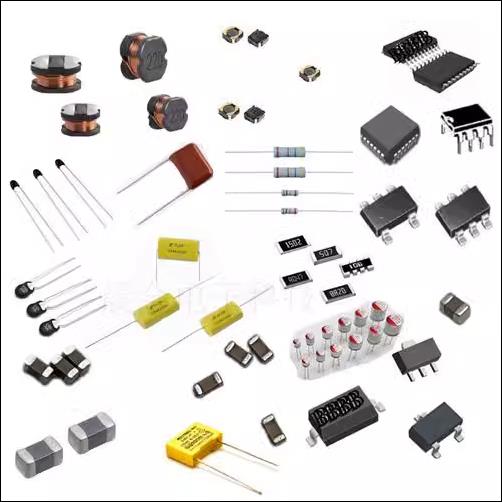The fascinating world of electronics relies heavily on the functionality of passive electronic components, namely resistors, capacitors, and inductors. Together, these components contribute to the precise operation of even the most intricate devices. Despite their importance, these components may sometimes face malfunctions - a vital aspect to consider in electronic design. In this accessible exploration, we dive into the common failures of resistors, capacitors, and inductors and discuss the principles behind their inner workings.

Resistors: Failing to Withstand the Heat
Resistors provide resistance to the flow of electric current in a circuit. Essentially, resistors are the traffic cops of electronic circuits, controlling the current flow and ensuring that no component receives too much power.
One of the typical failure modes in resistors is overheating. When the current passing through a resistor exceeds its power rating, its temperature may rise, leading to thermal stress and potential failure. Overheating can result in a permanent change in the resistance value, affecting the circuit's overall functionality.
Resistor fails generally stem from poor design, such as incorrectly calculating the resistor's needed power rating, or by employing low-quality material with poor heat dissipation properties. Understanding the value of these "traffic cops" and choosing the correctly rated, high-quality resistors is key to preventing resistor failures.
Capacitors: When Energy Storage Goes Wrong
Capacitors are energy-storing electronic components that play critical roles in filtering, energy storage, and timing in circuits. The two primary types of capacitors - the electrolytic and ceramic variety - each demonstrate unique vulnerabilities.
Electrolytic capacitors boast high capacitance values, which is why they're often employed in power supply circuits. However, their chemical makeup gives rise to a lifetime concern. Electrolytic capacitors contain an electrolyte that can dry up or leak over time, ultimately leading to failure. Without the necessary capacitance, key functions like filtering can falter.
Ceramic capacitors, on the other hand, become victims in scenarios of mechanical stress (thermal or physical). This stress can result from improper soldering or poor placement in high-stress regions of a circuit.
Selecting the appropriate capacitance value, type, and correctly handling the capacitor during assembly will ultimately minimize the occurrence of failure.
Inductors: Magnetism and Mayhem
Inductors are components that store energy in a magnetic field when a current flows through them. They are often used in filtering, energy storage, and impedance matching applications.
One of the most prevalent failure mechanisms in inductors is saturation. Saturation occurs when the inductor's core material can no longer support additional magnetic flux. When an inductor nears saturation, it loses its inductive properties, thereby impairing its functionality. Saturation can be caused by excessive current or by placing the inductor near another magnetic source.
Mechanical stress, similar to ceramic capacitors, is another common cause of inductor failure. Additionally, insulation breakdown or shorted coils may arise from manufacturing defects. To prevent inductor failure, designers and engineers must consider the optimal core material, proper placement, and avoid saturating the coil.
Consistent functionality in electronic devices hinges on the reliability of passive components like resistors, capacitors, and inductors. Unfortunately, these essential components can sometimes falter when subjected to overheating, improper component selection, and mechanical stress. By understanding the causes of these failures, design engineers and manufacturers alike can adopt practices that maximize reliability and ensure long-lasting electronic systems. Our world, as it grows increasingly reliant on electronics, will no doubt continue to benefit from this constantly evolving insight.
capacitor related products:

